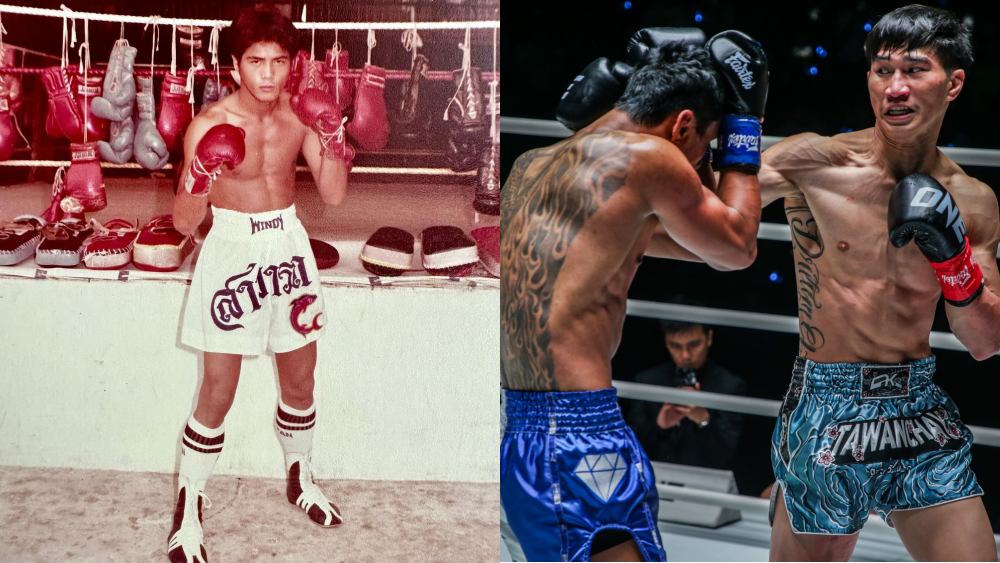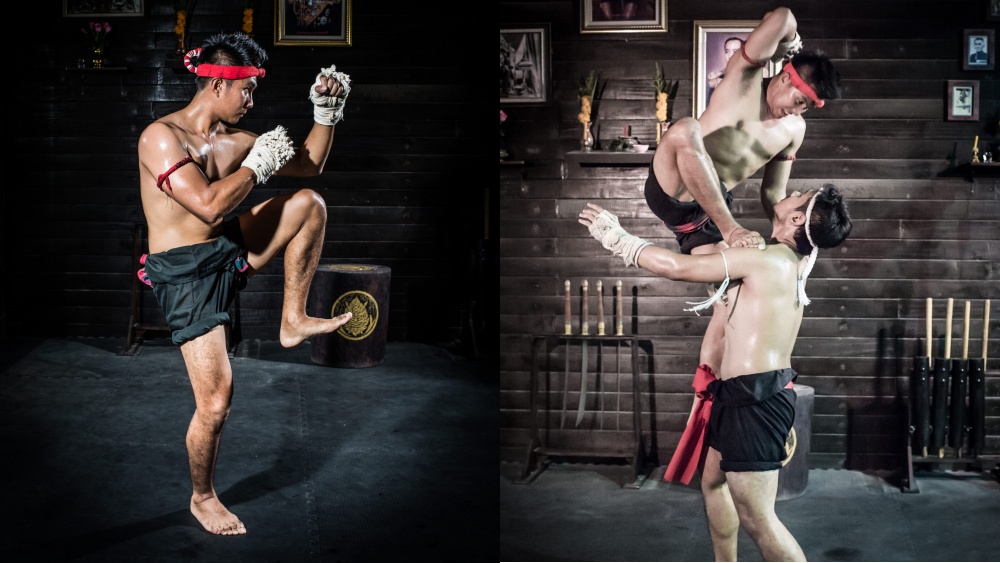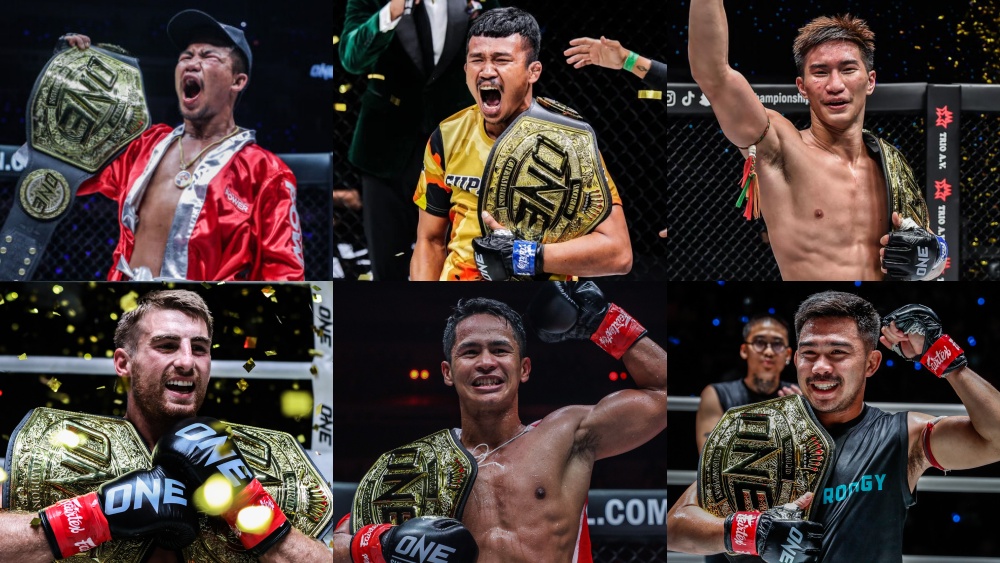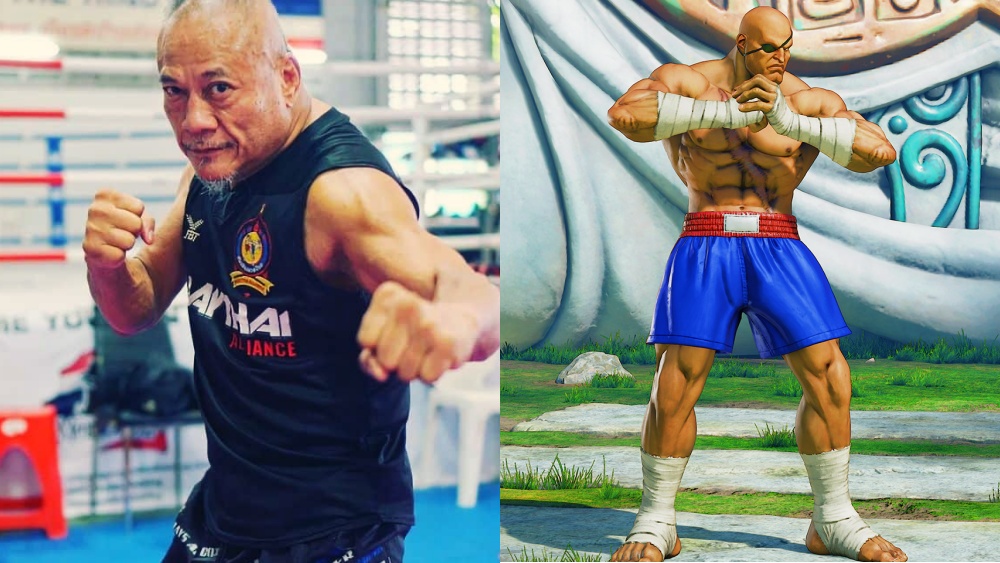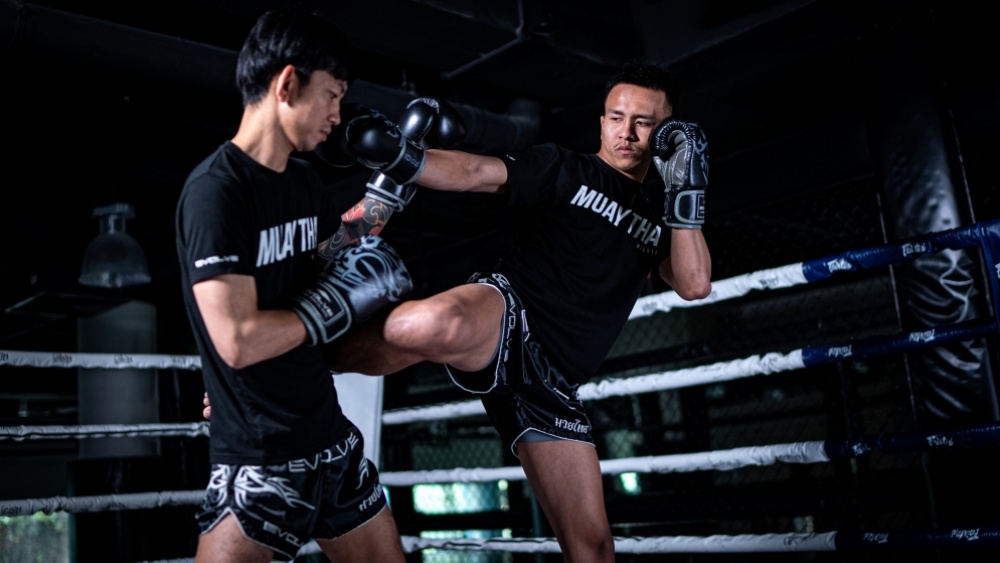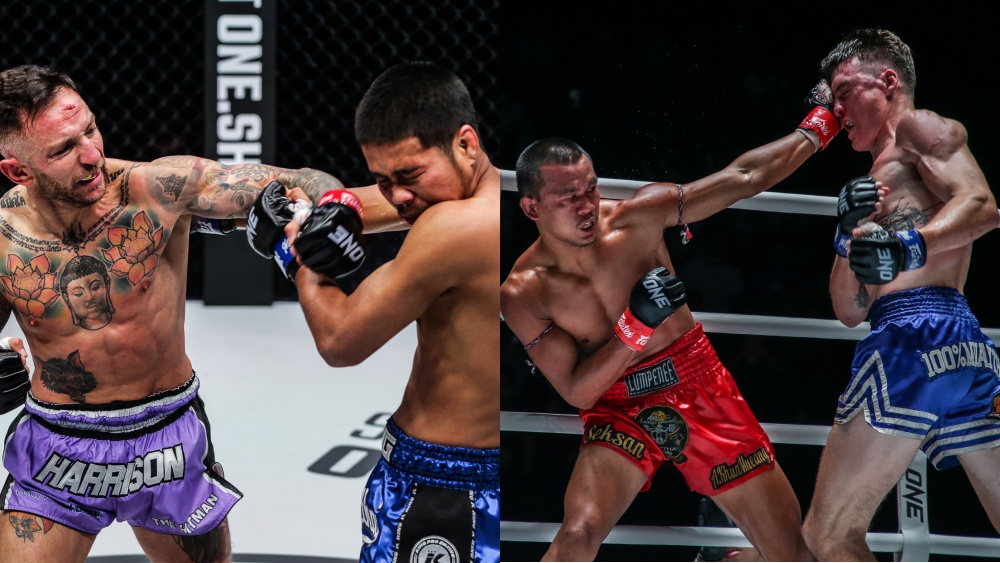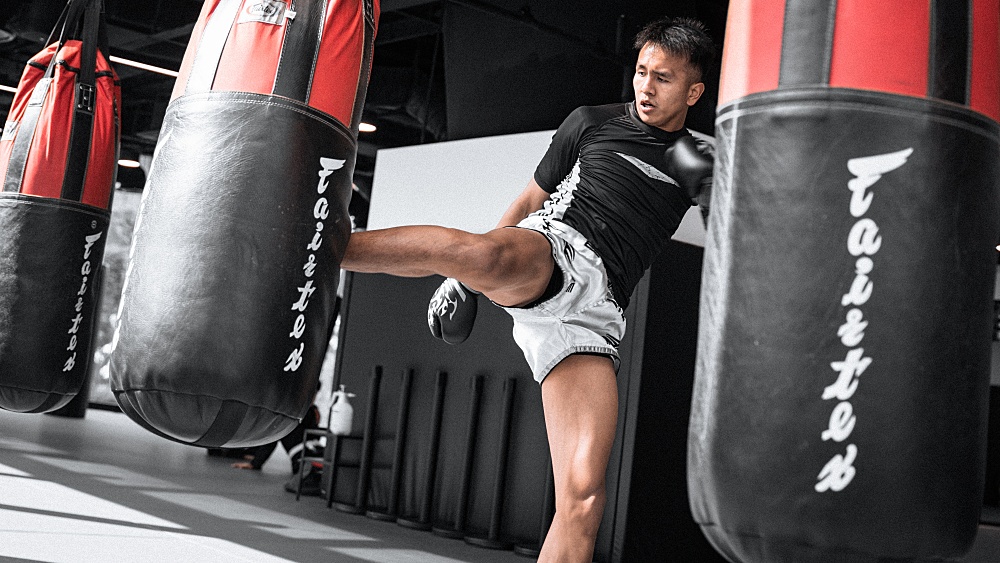How do the Muay Thai champions of today compare to the Golden Era legends? Would Yothin beat Dieselnoi in a Muay Khao battle? Who would win if Tawanchai and Sangmongkol’s left legs went to war?
Questions like these have been debated in just about every Muay Thai gym around the globe for years. Every time a new champion is crowned someone inevitably asks to compare them to those who came before. Unfortunately, there aren’t any “correct” answers to these questions. The sport has changed so much over the past few decades that trying to measure the two eras against each other would be like comparing the sport of tennis to badminton. They may appear similar, but the fields are a different size and the rules aren’t the same.
With this in mind we can see that even if we had all of the facts and statistics on hand to measure the fighters of the past and present against each other, they would be useless. Any claim that one era is better than another is usually backed more by emotion and personal opinion than it is fact.
Fans who idolize the heroes of the Golden Era will usually offer names like Samart, Dieselnoi, and Veeraphol as the idealized fighters of the time. Each of these men can be suggested for their unique expression of the Muay Thai form but it isn’t simply the Muay Thai proficiency that makes their legends endure in the eyes of fans. Those who regard these men as the ideal, usually do so not because of the skills they have or the accolades they have collected, but because of the personal qualities that are projected onto them.
Whenever a Golden Era hero is listed, stories of how ‘tough’ they we are not too far behind the conversation. It seems that many of these fighters, cannot be separated from their struggle and it is this struggle that enamours them in the hearts and minds of fans. The likes of Samart, Sagat, and Hippy Sangmanee, grew up in levels of poverty that are unimaginable to a modern audience and began fighting at an incredibly young age. They trained in gyms without pads or mats and, alongside fully grown men, not just for enjoyment but because it provided a means of survival for both them and their families.
It’s a familiar theme that runs parallel to that of The Grandfather of Muay Thai, Nai Khanom Tom, the Thai soldier whose skill and determination saved many of his countrymen from imprisonment. In these stories, the legends of the Golden Era are saviors, submitting themselves to punishing ordeals as they fight for something bigger than themselves. The number of titles these men held, the purses they won, and the fame they gained are all listed second to the adversity they overcame to become champions.
Fighters of the modern era can’t live up to this same hero’s myth. The social and economic conditions of Thailand have drastically improved over the last few decades and, though things aren’t perfect, there are now many ways for a Thai to earn a living before they are coerced into fighting. Nowadays, fighters are more likely to pursue a career in the ring because they enjoy the sport and the personal challenge. This doesn’t mean that fighting has become easy. The growth and changes in Muay Thai over the past few years have given birth to a range of new difficulties that modern fighters need to overcome if they want to have successful careers. It can be argued that it is harder than ever for a rising Nak Muay to reach the pinnacle of the sport than ever before.
The Path To The Golden Era
Back in the Golden Era, the path to the top was simple. All of the best fighters competed in the Bangkok stadiums and winning a Rajadamnern or Lumpinee Title was tantamount to the crown of a king. This is no longer the case. Bangkok is still the mecca for Muay Thai, but the global export of the sport has resulted in the birth of many competing governing bodies and rulesets. There are now literally dozens of “world champions” in every weight category, making the term almost meaningless.
Not only does this make it harder for the modern champions to stand out as the best amongst their peers, but it also makes it difficult for current fans to determine who deserves the moniker of “world champion.”
In the past, all of the best fighters were in the Bangkok stadiums and the demand for even betting odds made sure that they fought each other. Now the international nature of the sport, contractual obligations on rival promotions, and the sheer volume of opponents can make it so that the best never meet in the ring. Those who are suggested to be the best, are once again done so based on the whims and opinions of fans.
The growth of the sport since the Golden Era has also made it harder for fans to agree on what Muay Thai truly is. In the past this was already a contentious debate, some fans felt that an aggressive Muay Buok style of fighting was the sport’s ideal while others felt that an intelligent Muay Femur style was the purest show of skill. Now, the waters are muddied even further, and when fans ask, “Who is the best?” Several questions need to follow such as “under three rounds or five?” or, “under Global or Stadium Rules?”
Muay Thai’s Globalization
It is these last two questions that make it truly impossible to compare the fighters of Bangkok’s Golden Era stadiums to those of today. Forty years ago, fighters competed over five rounds, under a single scoring system that treated each bout like a marathon. Modern fighters are far more familiar with a three-round system where each round is scored as an individual sprint. This system has already proven a difficult hurdle for modern-day “stadium” fighters looking to make waves in international promotions such as ONE Championship or RWS. Multi-stadium champion, Rambo Mor. Rattanabandit is one such fighter who struggled with this transition, losing all three of his bouts on ONE Championship despite previously attaining wins over WBC World Champions, Nathan Bendon and Luis Cajaiba in 5 round contests. Meanwhile, winner of the prestigious 2021 Sportswriter’s Fighter of the Year award in Thailand, Ferrari Fairtex also floundered in his opening bouts on ONE Championship, losing two of his three bouts against far less experienced opponents before finally finding his feet on the ruleset.
Three-round fights on the globalized ruleset are the end of the changes in the sport but that doesn’t mean that the stadium brand of Muay Thai hasn’t undergone developments of its own. The heavy presence of gambling affected the way fighters approach a fight and modern-day stadium fights, with bouts starting at a much slower pace than they did in the early nineties. Beyond this though, are changes to a fighter’s preparation which would greatly impact how a fight between fighters of the past and present would be carried out.
Nutrition, Weight Cuts, And Strength Training
The growth of Muay Thai, and other combat sports, in the global psyche married with the growth of scientific knowledge around how to best prepare a fighter for competition. As a result, most current-day champions benefit from having a full-time nutritionist, who measures their diet and guides them through the vital processes of weight-cut and rehydration. Nowadays, champions are cutting more weight and recovering much better than those in the past, two factors that play such a massive role in the outcome of a fight that promotions such as ONE Championship have started taking steps to try and deter the practice.
Meanwhile, advances in strength and conditioning have changed the training regime of many modern-day athletes. Preparation for a fight no longer involves simply running, sparring, and hitting the pads or bag. It is now common for many fighters to lift weights several times a week, working on sports-specific movements that enable them to hit harder and move faster at lighter weights. These benefits won’t make a fighter “tougher,” but while these advances won’t improve a fighter’s Muay Thai skills or affect their fight IQ, they still create very meaningful advantages when the outcome of a fight is determined by who can inflict the most damage on their opponent.
Conclusion
With all of this in mind, it becomes clear that you simply can’t compare the fighters who summited the stadiums almost forty years ago to those who are at their peak today. The sport and the world have changed. The conditions that made Sangmongkol the most revered southpaw of the early nineties are completely different from those that have made Tawanchai a global phenomenon. They’ve both been raised and trained differently and fight under very different conditions. So, if you opened this article hoping to find a definitive answer to the question of which man is better, sorry to say, you’re leaving disappointed. The debate over which fighter stands out as the best of all time remains a matter of pure, personal opinion.
You may also like:
